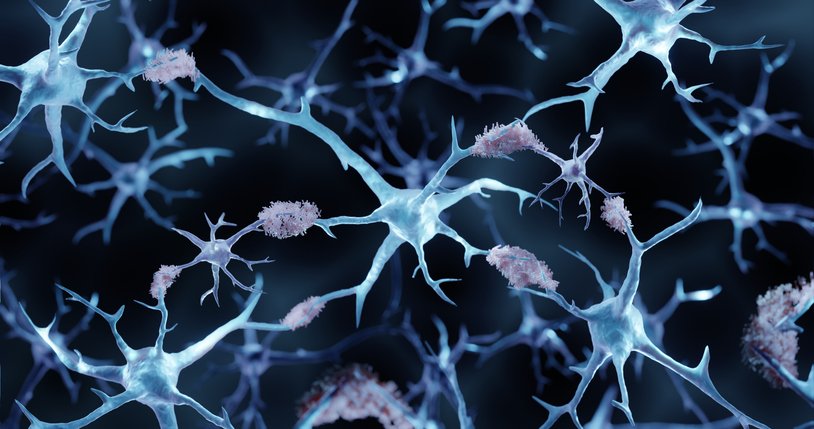To help combat the health threat posed by the bacterium Clostridioides difficile (C. diff), scientists from the Institute for Systems Biology (ISB) have developed a personalized modeling framework that can predict whether C. diff is likely to colonize an individual’s gut as well as test whether specific prebiotic therapies might prevent or treat infection. Full details of the work are provided in a new Cell Systems paper titled “Personalized Clostridioides difficile colonization risk prediction and probiotic therapy assessment in the human gut.”
By some estimates, C. diff infects more than 500,000 people in the United States each year and kills up to 30,000 people. It is a leading cause of healthcare-associated infections, particularly in hospitals and long-term care facilities. However, not everyone who harbors C. diff gets sick. As many as 30–40% of people have the bacteria in their guts, only developing infections at specific times, for example, after a round of antibiotics.
“C. diff is an opportunist. It can lie in wait in the gut, living benignly, ready to cause disease when conditions allow. If we remove the opportunity, we neutralize the threat,” explained Sean Gibbons, PhD, senior author on the study and associate professor at ISB. “Instead of reacting to disease, this gives us a path to prevent it before it starts.”
To develop this predictive tool, the scientists used community-scale metabolic models to simulate how C.diff might behave in more than 15,000 human gut microbiome samples. The models identified three colonization states—high, moderate, and no growth—based on the unique microbial and metabolic composition of each individual’s gut.
Using C. diff invasion experiments in synthetic lab-based communities of human gut bacteria, the scientists found that they could predict communities that were susceptible to infection and which ones were resistant. They could also predict recurrent C. diff infection patients before and after receiving fecal transplants. Furthermore, using the models, the scientists predicted that a probiotic cocktail, intended as an alternative to fecal transplants and known to resolve recurrent C. diff infection, could successfully suppress bacterial growth by outcompeting C. diff for crucial metabolites such as succinate, trehalose, and ornithine. The cocktail was better at suppressing model-predicted C. diff growth in the context of certain microbiota, but not in others.
Additionally, the scientists also found that including dominant gram-negative anaerobic genera, like Phocaecola, in the simulated probiotic cocktail further improved model-predicted C. diff growth suppression. They concluded that these results suggest that personalized, model-predicted probiotics could improve C. diff suppression and reduce the rate of non-responders.
The findings have immediate implications for reducing C. diff infections and longer-term potential for proactively managing other opportunistic pathogens. The scientists also believe that they now have a blueprint for designing smarter, more targeted probiotic therapies, although these will need to be tested in human trials.
“This work moves us closer to precision probiotics—tailored interventions that account for each person’s gut ecosystem,” said Alex Carr, PhD, lead author of the paper and a postdoctoral fellow in ISB’s Gibbons Lab. “The ultimate goal is to decolonize opportunists like C. diff before they cause harm.”
Furthermore, “rather than just flooding the gut with microbes and hoping for the best, we can now use models to match the right probiotic to the right person,” Gibbons added. “It’s a systems biology approach to rationally engineering gut microbiome function, and we think that it has enormous promise for improving the efficacy of microbiome-mediated therapies.”
The post Computational Models Forecast C. diff Infections Before They Develop appeared first on GEN – Genetic Engineering and Biotechnology News.




